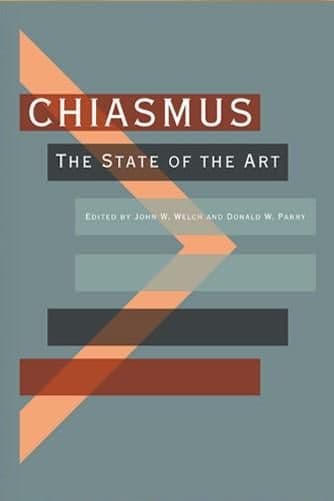Book
17 Chapters

Abstract
John W. Welch, “Narrating Homicide Chiastically: Why Scriptures about Killings Use Chiasmus,” examines eight chiastic structures that pertain to homicides—three legal texts and five homicide narratives. The legal texts include “The Case of the Blasphemer (Leviticus 24:13–23)” and “The Law of Homicide (Numbers 35).” The narratives include “Abimelech’s Killing of Seventy of His Brothers (Judges 9:56–57)”; “The Case of Phinehas (Numbers 25)”; and “The Slaying of Laban (1 Nephi 4:4–27).” Welch concludes that these eight structures assist readers in recognizing the broader context of each homicide passage and “to discern the key central point on which the case turns.” Welch’s paper also contributes on a further level by cataloguing thirteen possible reasons why authors employed chiasmus when narrating a homicide. These purposes include, “propelling logic and persuasiveness,” “creating order,” “restoring equilibrium,” “processing circumstances,” “probing relevancy,” and “reinforcing memory.”
Book
17 Chapters
Items in the BMC Archive are made publicly available for non-commercial, private use. Inclusion within the BMC Archive does not imply endorsement. Items do not represent the official views of The Church of Jesus Christ of Latter-day Saints or of Book of Mormon Central.